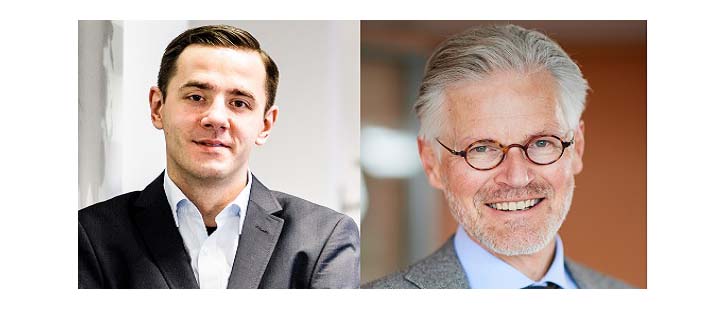Tackle the formaldehyde challenge

Marines Lagemaat: You will present at NIA on innovations and solutions to “tackle the formaldehyde challenge”. What, in fact, are the main challenges to address?
Matthias Renka: In my opinion the main challenge lies in achieving the same application performance with a formaldehyde-free self-crosslinking system when benchmarked to a conventional formaldehyde-containing grade. At the same time such an innovation must also be commercially viable.
ML: And perhaps you can speak to the evolution of the situation? Is it a growing issue?
MR: In terms of product development, creating continuously more sustainable solutions has always been our focus. However, we have been observing a rising awareness from the end-users and as such the industry has been forced to deliver more eco-friendly products at an even faster pace.
ML: Is there increasing regulatory, or even consumer, scrutiny on this topic?
MR: Yes, with the reassessment of several chemicals and the connected changes for e.g. air regulations, ÖkoTex standards, or REACH, the request for greener products has risen drastically. Eliminating formaldehyde from the equation is a particularly important step, as it was identified as “probable human carcinogen” by government bodies and NGOs alike.
ML: Have considerations of more sustainable practices affected Synthomer’s planning, sourcing or production processes? If so, how?
MR: Of course. Although our products are mainly mineral oil based, sustainability has always been a driver for us, both in product development and explorative studies. In 2018, Synthomer won the Future Textile Awards in the category “Best Innovation in Textile Chemistry” for its Litex QuickShield™ platform, a highly sustainable technology thanks to a substantial reduction in emissions. Additionally, the customer also benefits either through lowering the required energy input or by increased productivity.
ML: What innovation or new business practice outside your area excites you the most?
MR: Aside from chemical and textile business? Several topics come to mind. For example, e-mobility, digitalisation and the possibilities therein - exciting times lie ahead!
ML: And finally, are there other sessions on the programme at the NIA that you are looking forward to?
MR: I have spotted so many intriguing topics, from manufacture to application. Singling out any of them would be unjust to the many great speakers on the programme.